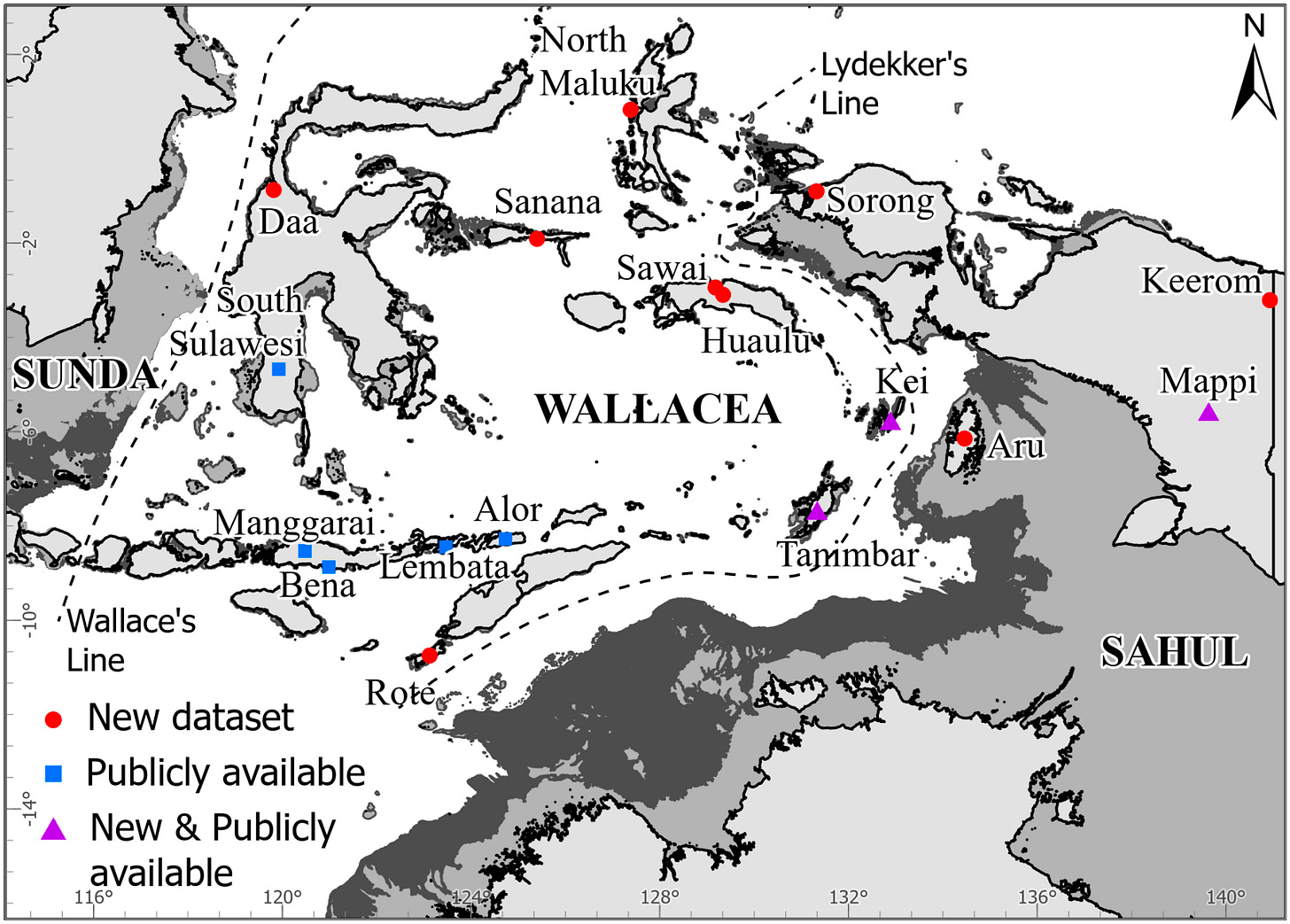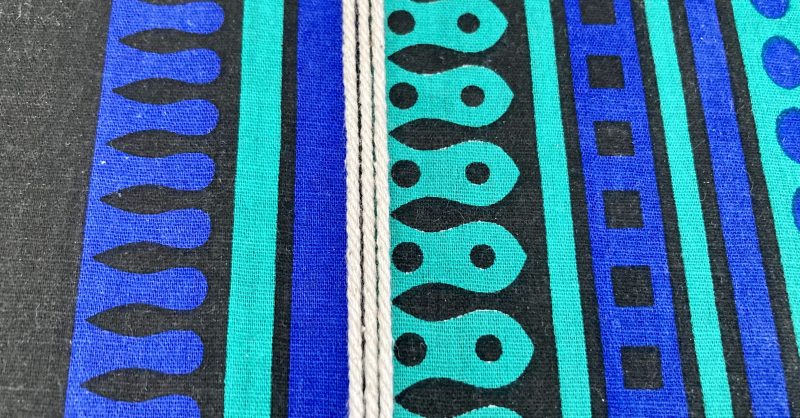
Wallacea, the sprawling chain of islands in eastern Indonesia that includes Timor-Leste, has long been a crossroads of cultures, languages, and genetics. A recent study sheds new light on its human history, highlighting the deep impact of migrations from New Guinea into this region approximately 3,500 years ago.
The study, published in Proceedings of the National Academy of Sciences (PNAS), combines insights from genetics, linguistics, and archaeology to paint a more complete picture of Wallacea’s past. Researchers analyzed 254 newly sequenced genomes, uncovering evidence of extensive gene flow from West Papua into the islands of Wallacea.
Wallacea’s position between the Asian and Australian continents made it a vital hub for human migrations over tens of thousands of years. The region, home to immense linguistic and genetic diversity, has often puzzled researchers seeking to untangle its complex history.

Dr. Gludhug Ariyo Purnomo from the University of Adelaide, who led the research, noted that the findings emphasize the importance of West Papua as a bio-cultural hub.
“By connecting the dots between genetics, linguistics, and archaeology, we now recognize West Papua as the launching place of historical Papuan seafarers that now contribute up to 60% of modern Wallacean ancestry,” he said.
The genetic traces uncovered in the study reveal that these Papuan migrations were so transformative that they largely replaced the ancestry of the region’s earliest inhabitants, who first arrived in Wallacea over 45,000 years ago.
The spread of Papuan genes into Wallacea wasn’t just a biological phenomenon—it reshaped the region’s linguistic and cultural landscapes as well. Associate Professor Ray Tobler from The Australian National University explained that these migrations introduced new languages, which mingled with existing Wallacean tongues, creating a rich and diverse linguistic environment.
“Wallacea was isolated for tens of thousands of years, but the arrival of Papuan and Austronesian migrants reconfigured its culture,” Tobler said.
The intermingling of these groups during the height of Austronesian seafaring activity reflects a vibrant history of exchange and adaptation.
Studying Wallacea’s genetic history isn’t without its challenges. The region’s location on ancient trade routes and its history of slavery and colonization have introduced layers of complexity. These movements have blurred the relationship between genetics and geography, making it difficult to reconstruct the origins of its inhabitants.
“There’s been so much movement in Wallacea in the past couple of thousand years that it obscures the relationship between geography and genetics,” Tobler added.
Despite these challenges, ancient DNA is proving to be a powerful tool for uncovering the region’s past. The researchers believe that continued genetic research could reveal even earlier migrations and cultural interactions.
This study isn’t just a window into the past; it also has practical implications for modern medicine. Understanding the genetic makeup of populations in New Guinea and Wallacea could play a key role in developing treatments tailored to specific genetic backgrounds.
“In the era of precision medicine, understanding the genetic structure of human groups is vital for developing treatments that are helpful rather than harmful,” Purnomo said.
Wallacea and New Guinea have historically been underrepresented in genomic surveys, but studies like this are helping to close the gap.
-
Lipson, M., Loh, P.-R., Patterson, N., Moorjani, P., Ko, Y.-C., Stoneking, M., Berger, B., & Reich, D. (2014). “Reconstructing Austronesian population history in Island Southeast Asia.” Nature Communications, 5(4689).
DOI: 10.1038/ncomms5689 -
Malaspinas, A.-S., Westaway, M. C., Muller, C., Sousa, V. C., Lao, O., Alves, I., Bergström, A., Athanasiadis, G., Cheng, J. Y., Crawford, J. E., et al. (2016). “A genomic history of Aboriginal Australia.” Nature, 538, 207–214.
DOI: 10.1038/nature18299 -
Bellwood, P. (2011). “The checkered prehistory of Indo-Malaysian Archipelagic seafaring.” Human Biology, 83(4), 587–607.
DOI: 10.3378/027.083.0417







